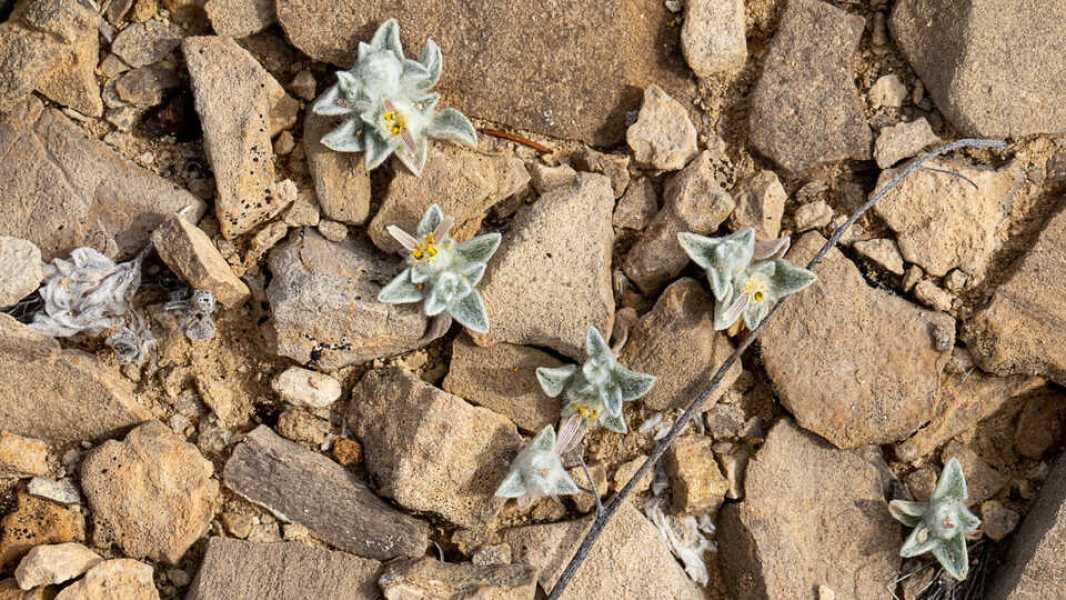
The rough-sided biradiate (Ovicula biradiata) was discovered by a volunteer in Big Bend National Park. (Photo courtesy of James Bailey © California Academy of Sciences)
While hiking in Big Bend National Park in the Chihuahuan Desert of Texas, a volunteer came across a fuzzy flower that turned out to be a previously undescribed species. The “rough two-rayed flower,” as the researchers dubbed it, belongs to the sunflower family and is a new genus.
This is the first time in nearly half a century that a new genus of plant has been described in a U.S. national park since the discovery of the shrub Dedeckera eurekensis in Death Valley National Park in 1976, according to a report by the California Academy of Sciences.
The new discovery highlights that researchers are still far from fully documenting the plant diversity of the Chihuahuan Desert, which spans parts of Mexico and the southwestern United States.
“While many people think the plants and animals in our nation's national parks have been documented, scientists continue to make amazing new discoveries in these iconic protected areas,” said Isaac Lichter Mark, a botanist at the California Academy of Sciences and co-author of the study describing the new species.

Researchers say the newly discovered species may already be under threat from climate change. Discovery of rough-toothed bifid
In March 2024, park volunteer Deb Manley shared photos of the flowers, which ranged from 1 to 3 inches (2.5 to 7.6 centimeters) in diameter and appeared between rocks in the desert, on the citizen science platform iNaturalist, where an international community of botanists attempted to identify the plant.
Manley and a team of botanists and biologists analyzed the flower’s characteristics and conducted a genetic study, comparing its DNA with samples from the herbariums of Sul Ross State University in Texas and the California Academy of Sciences. They confirmed that the plant is both a new species and a new genus, and placed it in the sunflower family, according to a study published Feb. 18 in the journal PhytoKeys.
The researchers chose the scientific name Ovicula biradiata. In Latin, “ovis” translates to “sheep” and is named after the desert bighorn sheep (Ovis canadensis nelsoni), an iconic and endangered animal. The plant has white, hairy leaves with small, curved red and white flowers that resemble horns. The flowers were found near a section of the park known as Devil's Den, which is where the
Sourse: www.livescience.com





